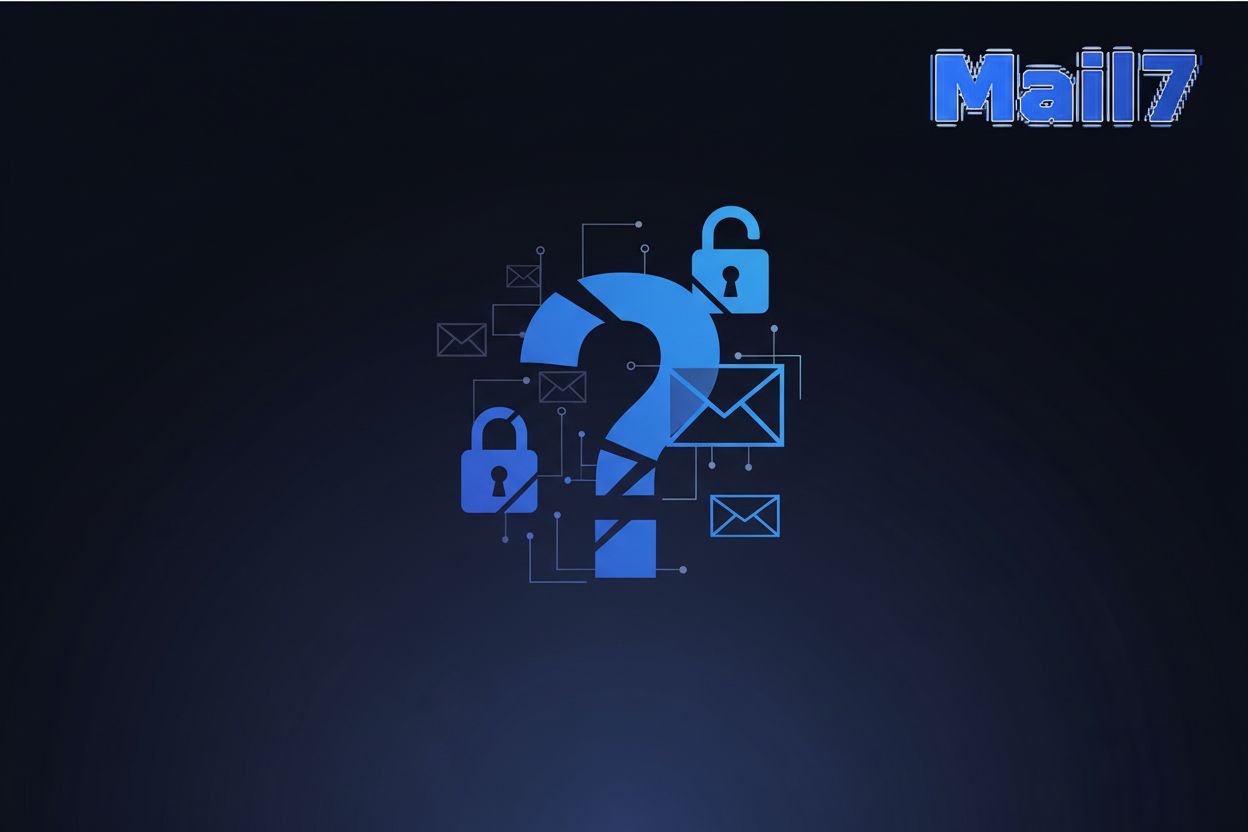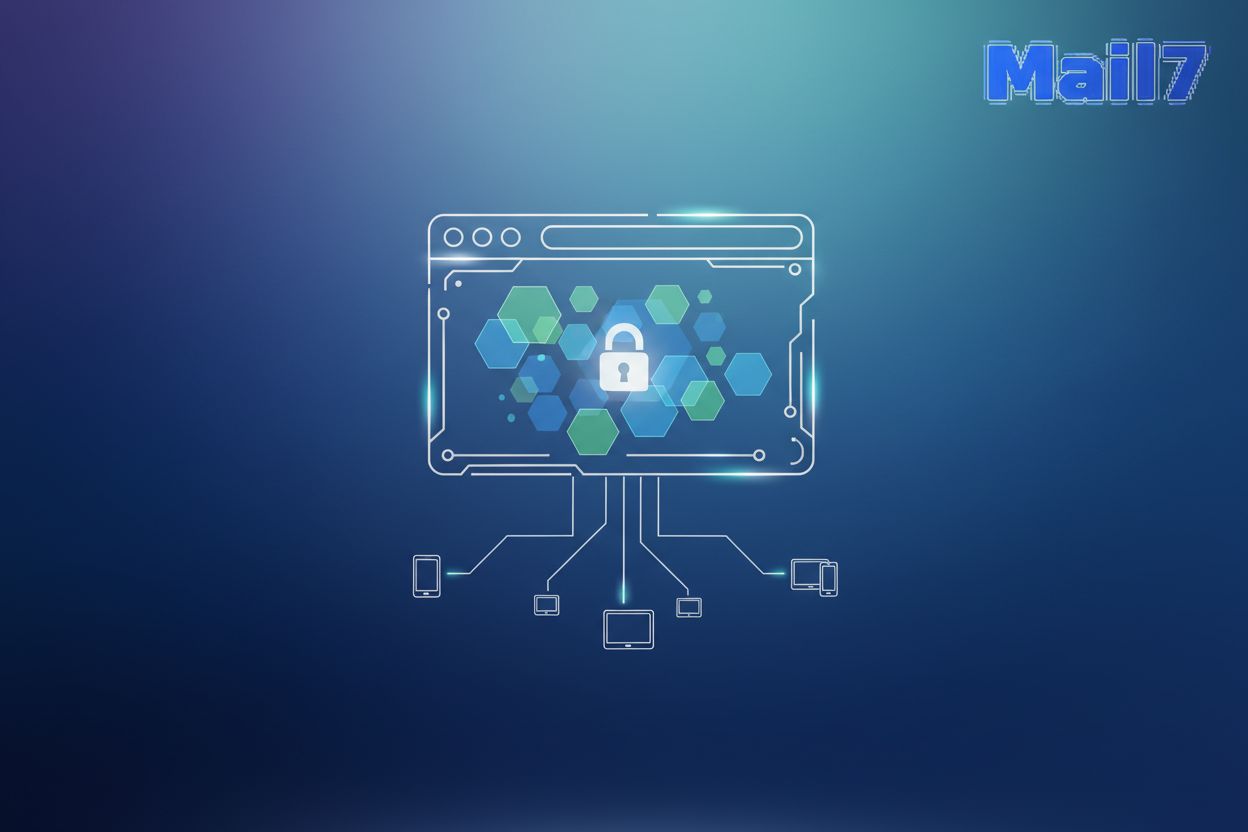Decoding Email Spoofing Defenses A Developer's Handbook
TL;DR
Understanding Email Spoofing The Basics
Email spoofing, huh? It's kinda like a wolf in sheep's clothing for your inbox. This section's gonna give you the lowdown on what it is and why it's a big deal for us developers.
Basically, email spoofing is when someone messes with the email headers to make it look like the email came from someone else. According to Proofpoint US, attackers spoofing emails and phishing have cost the world an estimated $26 billion since 2016. (Business Email Compromise Results in $26B in Losses ...) The main goal? To trick you.
- Faking the sender: They change stuff like the "From" address, so you think it's from a trusted source.
- Deception is key: Attackers try to get you to click links, open attachments, or share sensitive info, they're hoping you won't look too closely.
- Phishing and spam: Email spoofing is often used in phishing attacks, spam campaigns, and even to spread malware.
It's all about exploiting weaknesses in the simple mail transfer protocol (smtp). SMTP doesn't have super-strong security built-in, so it's easy to mess with the headers.
- Attackers take advantage of SMTP's lack of proper sender verification.
- They manipulate fields like "From" and "Reply-To" to show fake info.
- They try to sneak past spam filters using various tricks.
These terms often get mixed up, so here's the difference:
- Spoofing: Just faking the sender's identity.
- Phishing: Trying to steal your info through trickery.
- Business Email Compromise (BEC): This is a more targeted and sophisticated scam, often involving financial fraud. Unlike broad phishing campaigns, BEC attacks usually impersonate a known executive or trusted business partner to trick employees into making wire transfers or divulging sensitive company information. It's less about mass deception and more about exploiting trust within an organization.
Now, let's move onto how to actually defend against these sneaky attacks. The next section will cover the primary defenses you can implement.
Essential Email Authentication Methods SPF, DKIM and DMARC
Alright, let's dive into email authentication – it's like giving your emails a digital fingerprint, ensuring they're not imposters. Ever wonder how to make sure your emails actually arrives and isn't marked as spam, or worse, spoofed?
Well, there's three main methods of email authentication that's worth knowing: SPF, DKIM, and DMARC. They work together to verify that an email is legit and hasn't been tampered with. Let's break them down:
SPF is like a bouncer for your email. It checks if the server sending the email is authorized to send on behalf of the domain. Think of a small business using Google Workspace; it needs to include Google's mail servers in its SPF record.
It works by publishing a DNS record that lists all the authorized mail servers.
One limitation of SPF is that it doesn't always work with forwarded emails. This happens because when an email is forwarded, the forwarding server's IP address might not be listed in the original sender's SPF record, causing the SPF check to fail even though the email originated from a legitimate source.
DKIM adds a digital signature to the email header. The recipient's server uses a public key to verify that the email hasn't been messed with during transit.
Setting up DKIM involves generating public/private key pairs. Proofpoint US offers resources on email spoofing and protection methods, which can be helpful when configuring DKIM.
This way, even if someone intercepts the email, they can't change the content without invalidating the signature.
DMARC builds on top of SPF and DKIM, telling receiving servers what to do if an email fails those checks.
It lets domain owners set policies (like "reject" or "quarantine") for unauthenticated emails. For example, a healthcare provider might set a strict "reject" policy to prevent phishing attacks.
DMARC also provides reporting, so you can see how your emails are being authenticated by different servers. These reports can be aggregate (summarizing authentication results) or forensic (detailed reports on individual failed messages), offering insights into potential abuse and the effectiveness of your authentication setup.
Implementing these authentication methods can seriously reduce the risk of email spoofing and phishing attacks. Now, let's explore some advanced detection techniques.
Advanced Detection Techniques and Tools
Email spoofing: it's kinda like digital disguise, right? But how do we unmask these imposters after the basic checks? Let's explore some cooler, more advanced tools for sniffing out these sneaky emails.
It's not enough to just glance at the "From" address, y'know.
Manual Inspection Techniques
- Start by inspecting 'Received' headers. These headers is like a digital breadcrumb trail, showing the email's path. Spot something fishy, like an unexpected server location? Red flag.
- Then, check 'Return-Path' and 'Reply-To' fields. Do they match the "From" field? If not, someone may be tryin' to pull a fast one.
- Finally, look for inconsistencies in the header structure itself. Missing fields, weird date formats- these can be telltale signs of manipulation.
Automated Tools and Services
Email verification apis automates a lot of the grunt work for you.
- These tools do syntax checks to make sure the email address is even valid.
- They also do domain verification and mx record checks to confirm the domain is legit and able to receive emails.
- Integrating these apis into your applications can stop spoofed emails before they even get submitted. For example, an e-commerce platform could use an api to validate customer email addresses during registration.
Think of threat intelligence feeds as constantly updated lists of known baddies.
- These feeds aggregate data from various sources to identify malicious domains and ip addresses.
- By integrating these feeds, you can automatically block emails from known bad sources.
- This is a more proactive way to defend against emerging spoofing campaigns.
So, how does this all fit into your development workflow? Well, that's what we'll cover next.
Code Examples Implementing Spoofing Detection
Okay, so you wanna see some code examples for catching email spoofers, huh? Let's get to it – it's not as scary as it sounds.
Python's actually pretty handy for dissecting email headers; it's got some good libraries for it.
- Use the
emailmodule – it's perfect for parsing those email messages. dns.resolveris your friend for DNS queries; use it to double-check spf and dkim settings, you know?- You can even make reports; highlight when spf and dkim checks fail – a heads-up that something's fishy. For instance, a financial place could use this to flag internal emails that don't pass spf validation.
Here's a quick look at using dns.resolver to check for SPF records:
import dns.resolver
def check_spf(domain):
try:
spf_records = dns.resolver.resolve(domain, 'TXT')
for spf_record in spf_records:
if spf_record.strings[0].startswith(b'v=spf1'):
return spf_record.strings[0].decode('utf-8')
except dns.resolver.NoAnswer:
return "No SPF record found."
except Exception as e:
return f"Error checking SPF: {e}"
Example usage:
print(check_spf("example.com"))
Regex, or regular expressions, are also useful for initial email validation.
- Craft patterns to match the email structure – something like
^[a-zA-Z0-9._%+-]+@[a-zA-Z0-9.-]+\.[a-zA-Z]{2,}$. - Use these patterns to validate user inputs on web forms and api endpoints.
- Just remember, regex isn't perfect; it won't catch everything, just the obvious stuff.
import re
email = "[email protected]"
pattern = r"^[a-zA-Z0-9._%+-]+@[a-zA-Z0-9.-]+.[a-zA-Z]{2,}$"
if re.match(pattern, email):
print("Valid email format")
else:
print("Invalid email format")
And don't forget, you can test your smtp setup too!
- Libraries like
smtplibin Python lets you simulate sending emails and check if your config is good. - Check spf, dkim, and dmarc configs on your outgoing mail servers.
- Automated tests can find holes in your email setup; Like making sure e-commerce emails are validated.
So, that's some code stuff that can help! Next up, we'll see how to fit this into your workflow.
Testing and Validation Strategies
So, you wanna make sure your email defenses are rock solid, huh? Testing and validation is key, and its more important than you think.
Mail7? It's a solution that lets you test emails without risking your real inbox. How does it work?
- It let you create disposable email addresses for testing. It keeps things safe and separate.
- You get real-time access to emails sent to these addresses. It's super handy for instant feedback.
- Plus, you can automate email testing using Mail7's api. This means consistent and reliable results, every time. Mail7 also offers enterprise-grade security with encrypted communications.
Creating a controlled environment is crucial, i think.
- You need to configure mail servers to mimic real-world scenarios. This way, you can check if everything works as it should.
- Then, create spoofed emails with fake headers. This helps you test your detection tricks.
- You'll want to analyze the results to see how well different methods are working. It's all about finding what works best.
Automated testing make everything easier, doesn't it?
- Tools like Selenium or Cypress can automate email testing. It saves a lot of time.
- You can write tests to verify email authentication and the content itself. This ensures everything is legit.
- And integrate email testing into your ci/cd pipelines. This keeps your security tight continuously.
Now that we've looked at testing and validation, let's see how to monitor and maintain your email security infrastructure.
Protecting Your Domain Best Practices
So, you wanna keep those pesky spoofers out? Protecting your domain is like putting up digital fences!
First things first, dmarc is your friend. You can set the policy to
p=reject. This tells receiving mail servers to just bounce any email that fails authentication. Think of it like a strict doorman at a club.It's not just about setting it and forgetting it, though. You gotta monitor dmarc reports to spot and squash any spoofing attempts that might be slipping through the cracks. It's like having security cameras.
Start slow. Don't go straight to
p=reject. Begin withp=noneto keep an eye on your email traffic, then gradually crank up the strictness. It's like easing into a hot tub.Your employees is your first line of defense. Train 'em to spot shady emails with bad grammar, urgent requests, or weird links. It's like teaching them to spot a fake ID.
Make it easy for them to report suspicious emails. Have a clear process, so they know what to do.
Send out regular security tips in newsletters and internal comms—keep security top of mind.
Audit your spf, dkim, and dmarc records regularly to make sure they're up-to-date and accurate. Check 'em like you check your tires before a road trip.
Keep tabs on your email traffic for anything fishy, like authentication failures or weird sending patterns.
Stay in the loop on the latest email security threats and best practices. The bad guys are always changing their tactics, so you need to keep up.
Alright, now that you know how to put up the defenses, let's talk about monitoring and maintaining your email security infrastructure.
The Future of Email Spoofing Detection
Email spoofing ain't going away anytime soon, is it? The future, though, it's lookin' kinda interesting.
- AI is gonna be big, spotting those small spoofing signs that are easy to miss. For example, ai could analyze subtle linguistic patterns or unusual sending times that humans might overlook.
- We will see behavioral analysis, that'll catch weird email patterns. Imagine an ai flagging an email from your ceo that suddenly starts asking for unusual financial transactions, deviating from their typical communication style.
- And adaptive learning? It'll keep getting better at catching spoofers. This means systems will continuously learn from new threats and adjust their detection algorithms to stay ahead of evolving attack methods.
So, yeah, things are changing.





